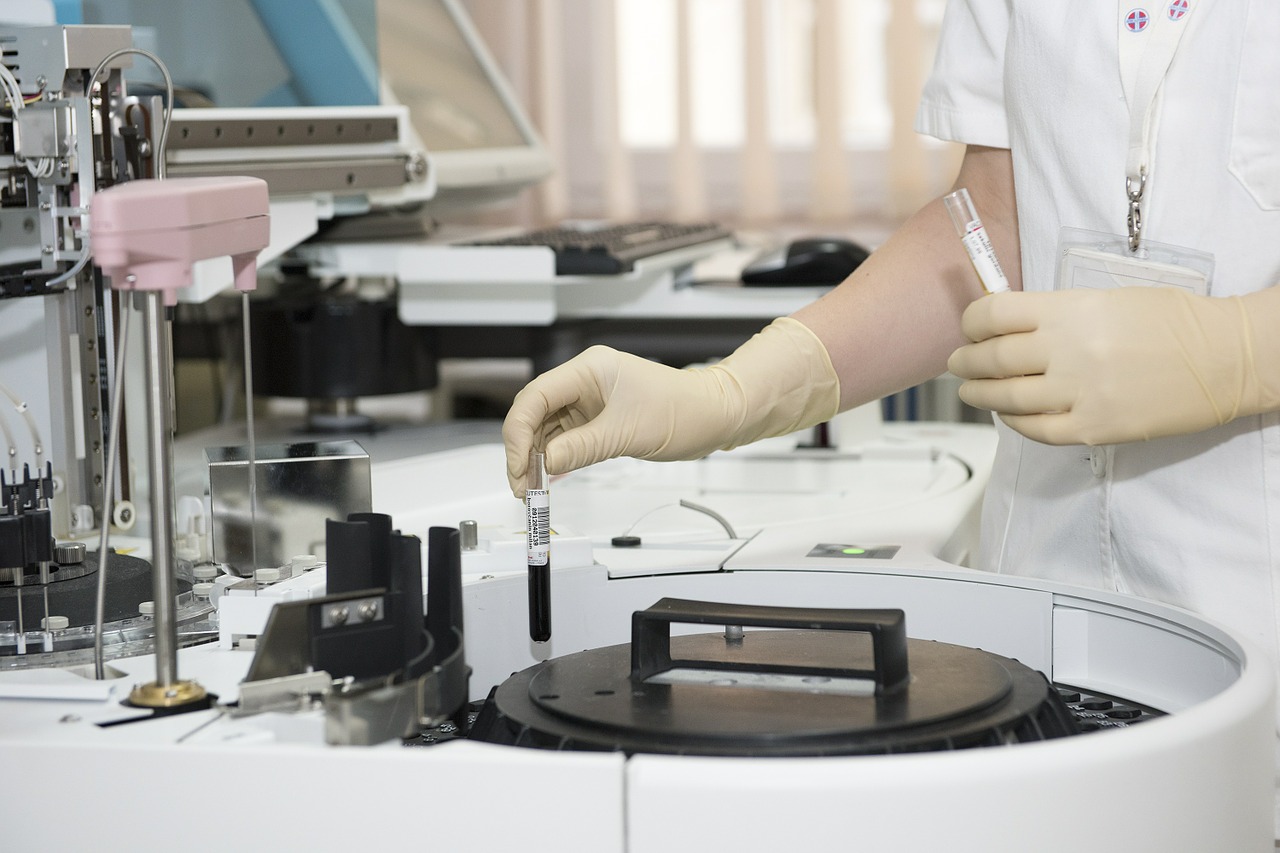|
Component |
Benefit |
|
Ethylene glycol (1.25 - 2.5 - 5 - 10 - 20%) |
Compounds such as ethylene glycol (EG) have been shown to penetrate cells rapidly, forming glass during cooling of aqueous solutions (Palasz and Mapletoft 1996). EG and water form clusters of hydrogen bonds in such a way that the water molecules are tightly bound to the cryoprotector, resulting in a lowered mobility and higher viscosity of the solution. This positively contributes to the prevention of ice crystal formation and thus EG became an important component of vitrification solutions (Shaw and Jones 2003).
|
|
DMSO (1.25-2.5-5-10-20%) |
Ishimori (1992) described for the first time that the combination of ethylene glycol and DMSO resulted in good survival rates during vitrification.
EG has been reported to be a weak glass former (Fahy and Ali 1987). Since vitrification relies on a sufficiently concentrated solution that solidifies as glass, DMSO was added to the medium. Moreover, DMSO is known to increase the permeability of EG (Vicente and Garcia-Ximenez 1994). For these reasons, the combination of EG and DMSO is used as common cryoprotectants.
|
|
HSA (10-20 g/L) |
Cryoprotective solutions have been supplemented with macromolecules such as sucrose and human serum albumin (HSA). Several studies have shown that such molecules help to reduce physical damage and help to maintain osmotic pressure of the extracellular fluid (Shaw, et al. 2000). Besides its cryoprotective role, HSA facilitates gamete or embryo manipulation by preventing adsorption to the surface of petri dishes and pipettes through saturation of the potential binding sites. Also, the increased viscosity of the media, caused by the addition of HSA, promotes the ease of embryo handling and manipulation (Trounson and Gardner 2000).
|
|
Sucrose (only the last step: 0.75 M) |
The potential for damage to frozen-thawed embryos by osmotic shock can be minimized by the use of non-permeating compounds, such as sucrose and human serum albumin (HSA), as 'osmotic buffers' to reduce the osmotic gradient between the intracellular and extracellular solutions (Shaw, et al. 2000). More in detail, addition of such non-permeating agents results in a hyperosmotic extracellular solution, promoting cellular dehydration and diminution of ice crystal formation (Shaw and Jones 2003).
Toxicity of the vitrification media is also reduced by sucrose because it probably reduces the necessary amount of intracellular cryoprotectant (Kasai 1996).
|
|
Ficoll (only the last step) |
It is known that the addition of macromolecules promotes vitrification by increasing the viscosity of the solution (Kasai 1996).
|
|
HEPES |
HEPES stabilizes the pH under air (Clark and Swain 2014), therefore CO2 incubation is not required. |
